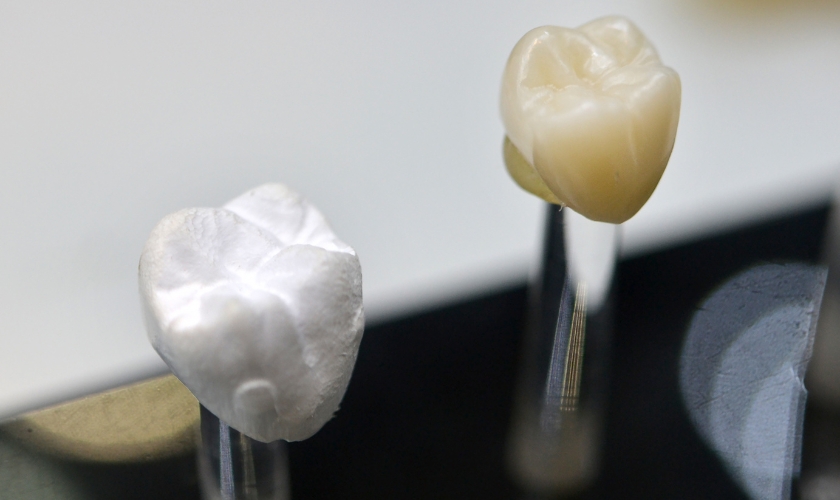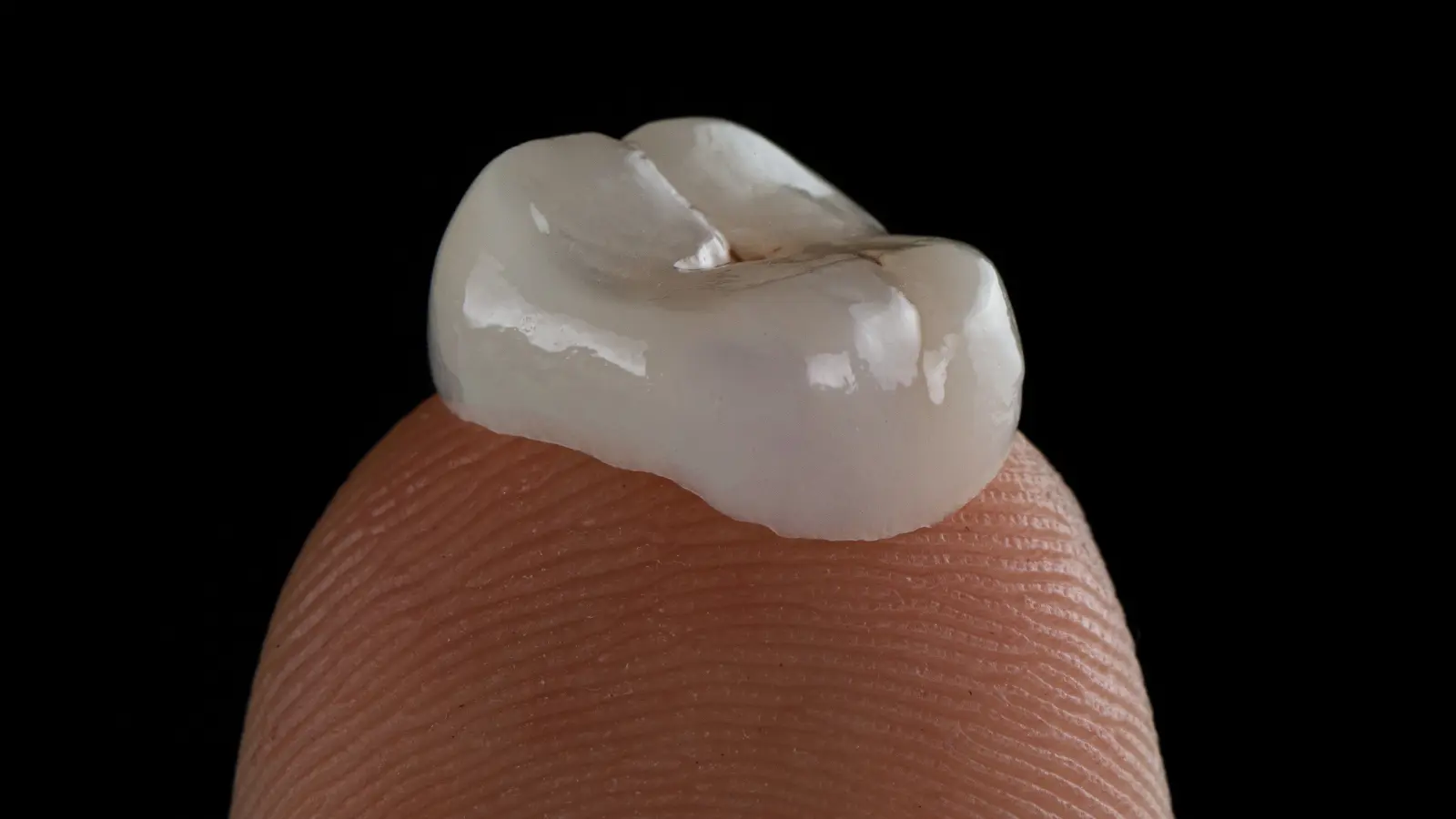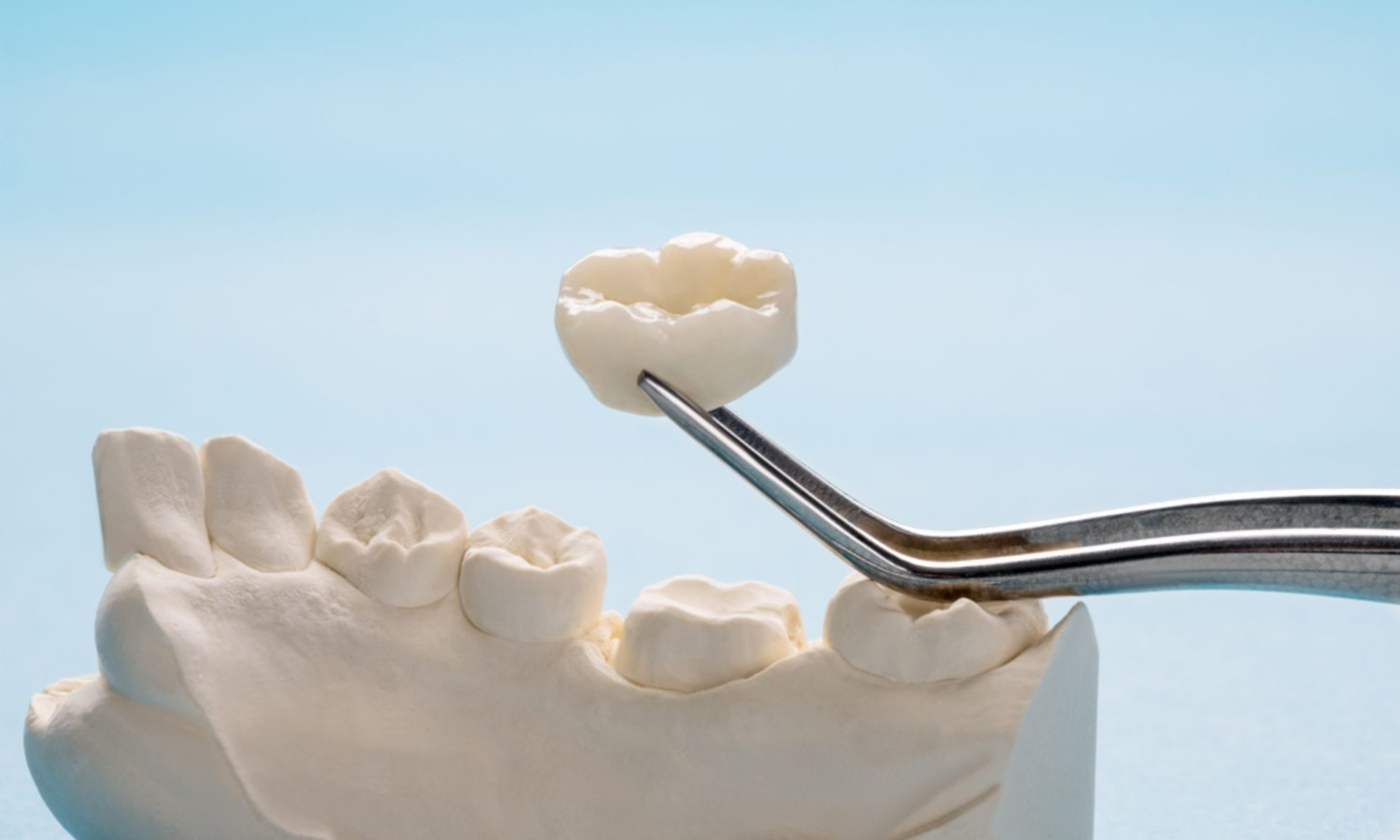A Deep Dive Into Porcelain, Metal, Zirconia, and Composite Crowns, Including Pros and Cons

Dental crowns play a vital role in restorative dentistry, providing both protection and aesthetic enhancement for damaged or decayed teeth. With various materials available, choosing the right type of crown can greatly impact the function and appearance of your smile. In this blog, we’ll delve into four popular types of crowns: porcelain, metal, zirconia, and composite crowns. We’ll examine their advantages and disadvantages to help you make an informed choice tailored to your dental needs.
Porcelain Crowns
Porcelain crowns are well known for their natural look and are often chosen for visible teeth due to their aesthetic benefits.
Pros:
- Aesthetic Appeal: Porcelain crowns are designed to mimic the appearance of natural teeth closely. They provide a beautiful smile by blending in perfectly with your natural teeth.
- Biocompatibility: Porcelain is highly biocompatible, indicating that there is little chance of allergic reactions or gum irritation.
- Durability: High-quality porcelain crowns are quite strong and can withstand normal biting forces.
Cons:
- Wear on Opposing Teeth: One downside is that porcelain crowns can be abrasive, potentially causing wear on the opposing teeth.
- Cost: Porcelain crowns are generally more expensive compared to other materials due to their high-quality appearance and manufacturing process.
- Chipping Risk: While durable, porcelain crowns are still susceptible to chipping or cracking under significant pressure.
Ideal Use: Porcelain crowns are often used for front teeth where appearance is crucial. They are also suitable for individuals who do not have heavy bite forces.
Metal Crowns
Metal crowns are made from various alloys, including gold, platinum, or other metals. They are known for their robustness and longevity.
Pros:
- Strength: Metal crowns are incredibly durable and can endure significant biting and chewing forces, making them ideal for back teeth.
- Longevity: Metal crowns typically last longer than other types due to their strength and resistance to wear.
- Minimal Wear: They are gentle on adjacent teeth, reducing the risk of wear and tear.
Cons:
- Appearance: The primary drawback is their noticeable metallic color, which makes them less suitable for visible teeth.
- Allergies: Some people may have allergic reactions to the metals used in the crowns, although this is relatively rare.
- Cost: High-quality metal crowns, especially those made from gold, can be quite expensive.
Ideal Use: Metal crowns are best used for molars and other teeth not visible when smiling, where strength and durability are paramount.
Zirconia Crowns
Zirconia crowns are a modern solution that combines strength with aesthetic appeal. Because of their adaptability, they are growing in popularity.
Pros:
- Strength and Durability: Zirconia is highly durable and resistant to fractures, making these crowns suitable for both front and back teeth.
- Natural Appearance: Zirconia crowns can be color-matched to natural teeth, providing a more aesthetic option compared to metal crowns.
- Minimal Wear: They are less abrasive to adjacent teeth compared to some other crown materials, helping to preserve natural tooth structure.
Cons:
- Cost: Zirconia crowns can be more expensive than traditional materials due to the advanced technology involved in their production.
- Fabrication Time: The process of creating zirconia crowns may take longer, which can extend the overall treatment time.
- Chipping Risk: Although rare, zirconia crowns can chip under extreme forces, though they are generally more resistant to damage than porcelain.
Ideal Use: Zirconia crowns are versatile and can be used for both front and back teeth, offering a balance of strength and appearance.
Composite Crowns
These crowns are made from a resin material that is designed to blend well with the natural teeth. They offer a cost-effective solution with a natural look.
Pros:
- Aesthetic Appeal: These crowns can be customized to match the color of your existing teeth, making them a good option for visible areas.
- Cost-Effective: Generally speaking, they are less expensive than porcelain or zirconia crowns, making them a budget-friendly choice.
- Quick Fabrication: Composite crowns can often be made and placed in a single visit, which is convenient for many patients.
Cons:
- Durability: This type of crown is less durable compared to porcelain or zirconia options and may need to be replaced sooner.
- Wear and Staining: They are more prone to staining and wear over time, which can affect their appearance.
- Less Ideal for Back Teeth: Due to their lower strength, these crowns may not be suitable for molars that endure significant chewing forces.
Ideal Use: These crowns are well-suited for front teeth or temporary solutions, where appearance is important, but strength requirements are less demanding.
Selecting the right crown for your dental restoration involves weighing various factors, including functionality, aesthetics, and cost. Each type of crown has unique benefits and potential drawbacks. Composite crowns are a viable option if you’re looking for a cost-effective, aesthetically pleasing solution but be aware of their limitations in durability. It is imperative that you talk about your own needs and preferences with your dentist to determine the best option for your situation.
Choosing the right dental crown will enhance both the function and appearance of your smile. Be sure to consult with your dental professional to ensure you select the best crown type for your needs, ensuring a solution that offers both durability and visual appeal.


